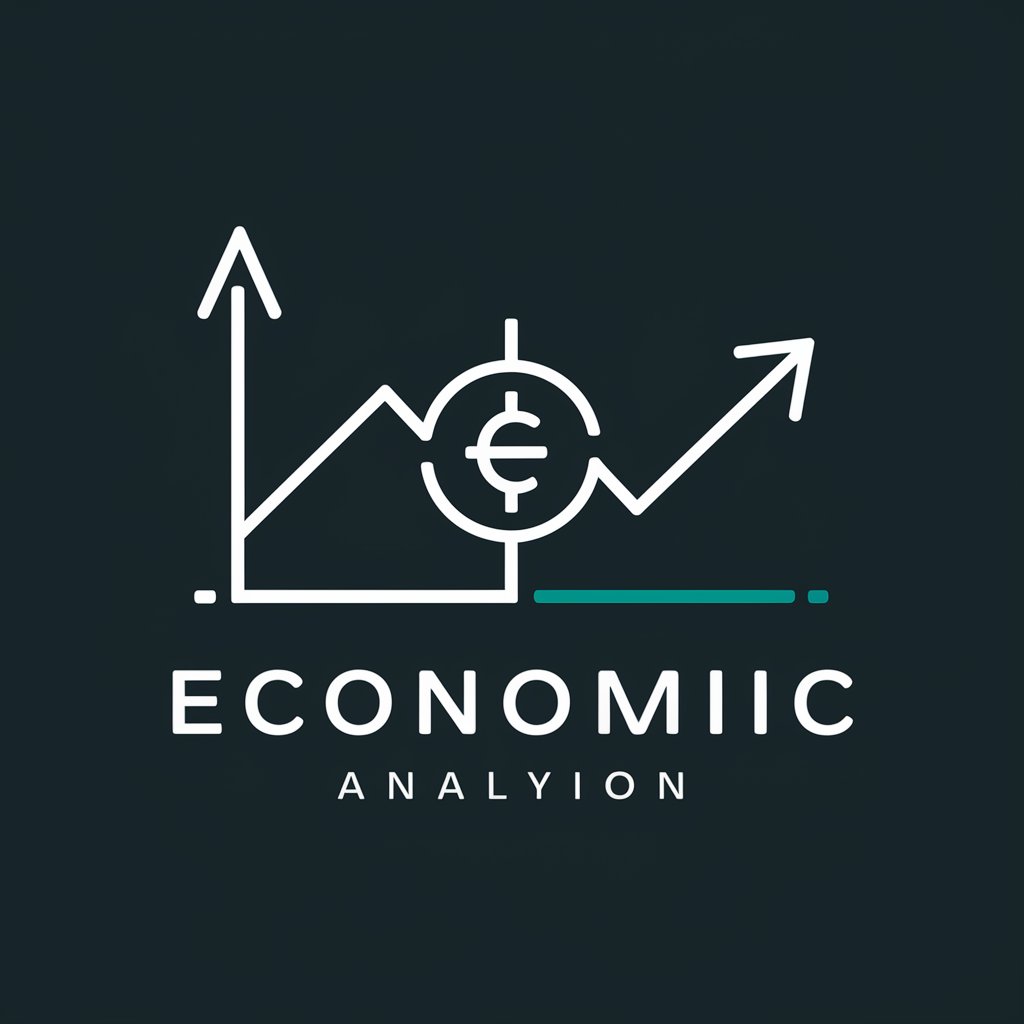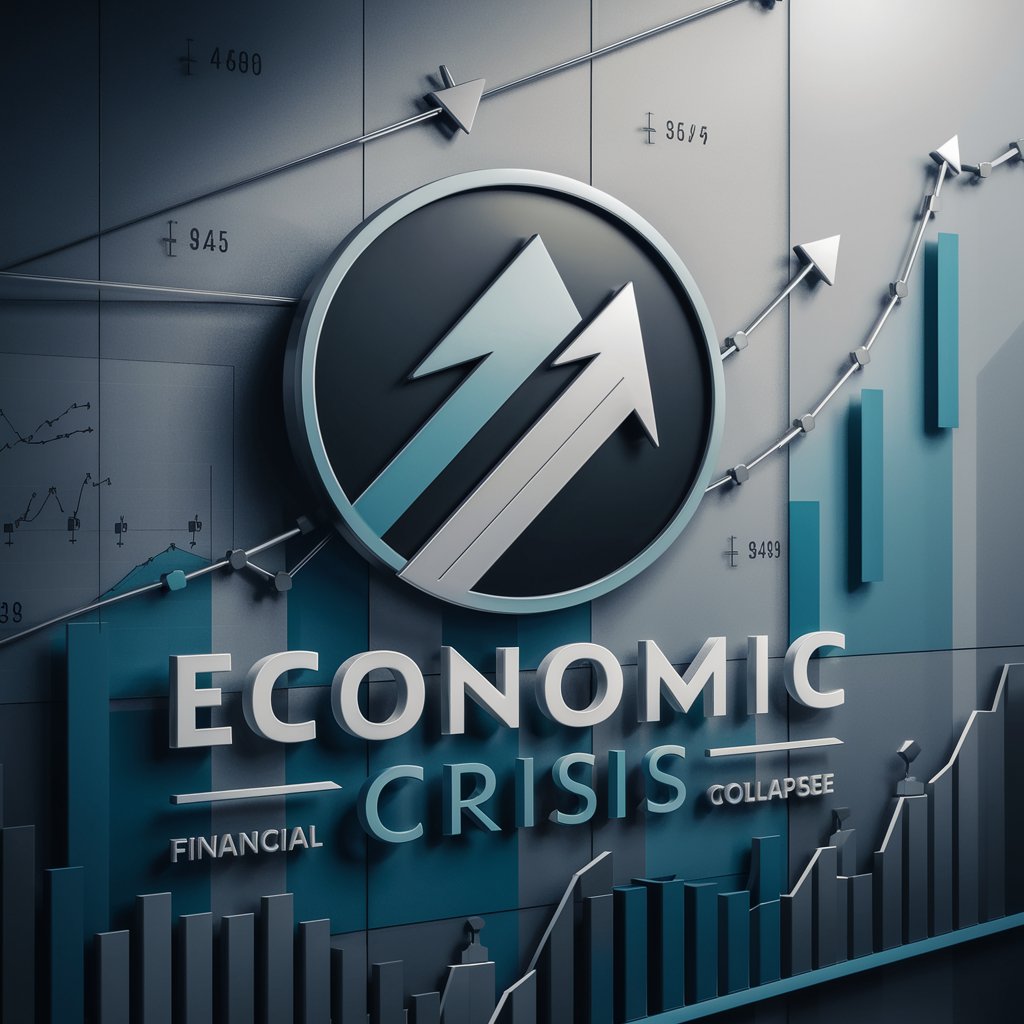
Inflation - Inflation Insights and Analysis

Welcome! Let's explore the intricacies of inflation and its economic impacts.
Decoding Economic Inflation with AI
What are the primary causes of inflation in modern economies?
How does inflation impact purchasing power over time?
Can you explain the relationship between interest rates and inflation?
What historical events have significantly influenced inflation trends?
Get Embed Code
Introduction to Inflation GPT
Inflation, as a specialized GPT, is designed to delve into the complexities of economic inflation, offering insights into its causes, effects, and the broader implications on economies and financial markets. Unlike general-purpose GPTs, Inflation focuses on providing economic and financial analysis, drawing from established theories, historical data, and current trends to educate and inform users. It aims to demystify the concept of inflation, making it accessible to individuals without requiring a background in economics. For example, when discussing the impact of inflation on purchasing power, Inflation might illustrate how a 3% annual inflation rate can erode the value of savings over time, using real-world data to show the effect on consumer prices and household budgets. Powered by ChatGPT-4o。

Main Functions of Inflation
Economic Analysis
Example
Explaining how inflation is measured using indices such as the Consumer Price Index (CPI) and how these measurements affect policy decisions.
Scenario
A user inquires about the reasons behind the recent rise in inflation rates. Inflation would analyze and explain factors such as increased demand, supply chain disruptions, or monetary policy adjustments, using current and historical data to provide context.
Educational Insights
Example
Breaking down the concept of hyperinflation and its effects on economies, citing examples like Zimbabwe in the late 2000s or Germany in the 1920s.
Scenario
A student is researching hyperinflation for a class project. Inflation provides a detailed overview, including causes, societal impacts, and how countries recovered, enhancing the student's understanding and research.
Trend Analysis
Example
Discussing recent inflation trends in different economies and their potential future implications.
Scenario
An investor is curious about inflation trends and their impact on global markets. Inflation offers insights into current trends, factors driving changes in inflation rates, and potential effects on investment strategies.
Ideal Users of Inflation Services
Students and Educators
Individuals in academic settings seeking to understand or teach economic principles. Inflation can provide clear, detailed explanations of inflation-related concepts, enhancing learning and teaching materials with real-world examples and up-to-date data.
Investors and Financial Analysts
Professionals in finance and investment who need to understand inflation's impact on markets and investment strategies. Inflation's analysis can aid in making informed decisions by offering insights into inflation trends and economic indicators.
Policy Makers and Economists
Individuals involved in economic policy making or research who require in-depth analysis of inflationary trends and their implications. Inflation can support policy formulation and economic forecasting with its detailed understanding of inflation dynamics.

How to Use Inflation ChatGPT
Begin with a Trial
Start by visiting yeschat.ai to access a free trial, enabling exploration of features without the need for ChatGPT Plus subscription or even logging in.
Identify Your Needs
Consider what you wish to understand about inflation—its impacts, theories, or current trends. Knowing your focus will help tailor your queries for more relevant insights.
Ask Specific Questions
Pose detailed inquiries to get comprehensive responses. Broad questions yield broad answers, so specificity can enhance the usefulness of the information provided.
Use Advanced Features
Explore advanced functionalities like asking for historical inflation data analysis, comparisons between periods, or inflation's effect on specific economic sectors.
Review and Reflect
After receiving information, take time to review and reflect on the insights provided. Consider how the information impacts your understanding or decisions related to economic inflation.
Try other advanced and practical GPTs
ResearchGPT
AI-powered Economic Expertise

Managerial Economics
Elevating Decision-Making with AI-Powered Economic Insights

Financial Collapse
Insightful analysis of financial collapses, powered by AI

German Banking News
AI-powered German banking analysis

Calculus Mentor
Demystifying Calculus in Economics with AI

Liquidity
Demystifying Financial Liquidity with AI

Economic Crisis
Deciphering Economic Crises with AI

TrendTracker
Empowering decisions with AI-driven insights

杨世光
Empowering Economic Insights with AI

Especialista Move Marketing
Elevate Your Marketing with AI-Powered Insights

Funnel Master GPT
Optimizing Sales Funnels with AI

NulApps's CMO
Empowering Your Marketing with AI

In-depth Q&A on Inflation
What is the primary cause of inflation?
Inflation primarily occurs due to an increase in the money supply that outpaces economic growth. When more money chases fewer goods and services, prices rise. This can be driven by factors such as monetary policy, demand-pull inflation, cost-push inflation, and built-in inflation expectations.
How does inflation affect interest rates?
Central banks often adjust interest rates to manage inflation. When inflation is high, central banks may raise interest rates to cool down the economy by making borrowing more expensive, thereby reducing spending and slowing inflation. Conversely, in times of low inflation, interest rates may be lowered to encourage borrowing and spending, aiming to stimulate economic growth.
Can inflation be beneficial?
Moderate inflation is often seen as a sign of a growing economy. It can reduce the real burden of debt by decreasing the value of money over time, benefiting borrowers. Additionally, anticipation of inflation can stimulate spending and investment as consumers and businesses seek to make purchases and investments before prices go up.
What is hyperinflation and its effects?
Hyperinflation is an extremely high and typically accelerating inflation rate, often exceeding 50% per month. It erodes the real value of the local currency, as the prices of all goods increase. This can lead to the loss of savings, a decrease in consumer purchasing power, and economic instability. Often, it requires drastic measures, such as monetary reform or the adoption of a foreign currency, to stabilize the economy.
How do governments and central banks control inflation?
Governments and central banks use monetary and fiscal policies to control inflation. Monetary policy tools include adjusting interest rates, reserve requirements, and open market operations. Fiscal policy measures involve changing government spending and taxation levels. These tools aim to balance economic growth with stable prices, thereby controlling inflation.